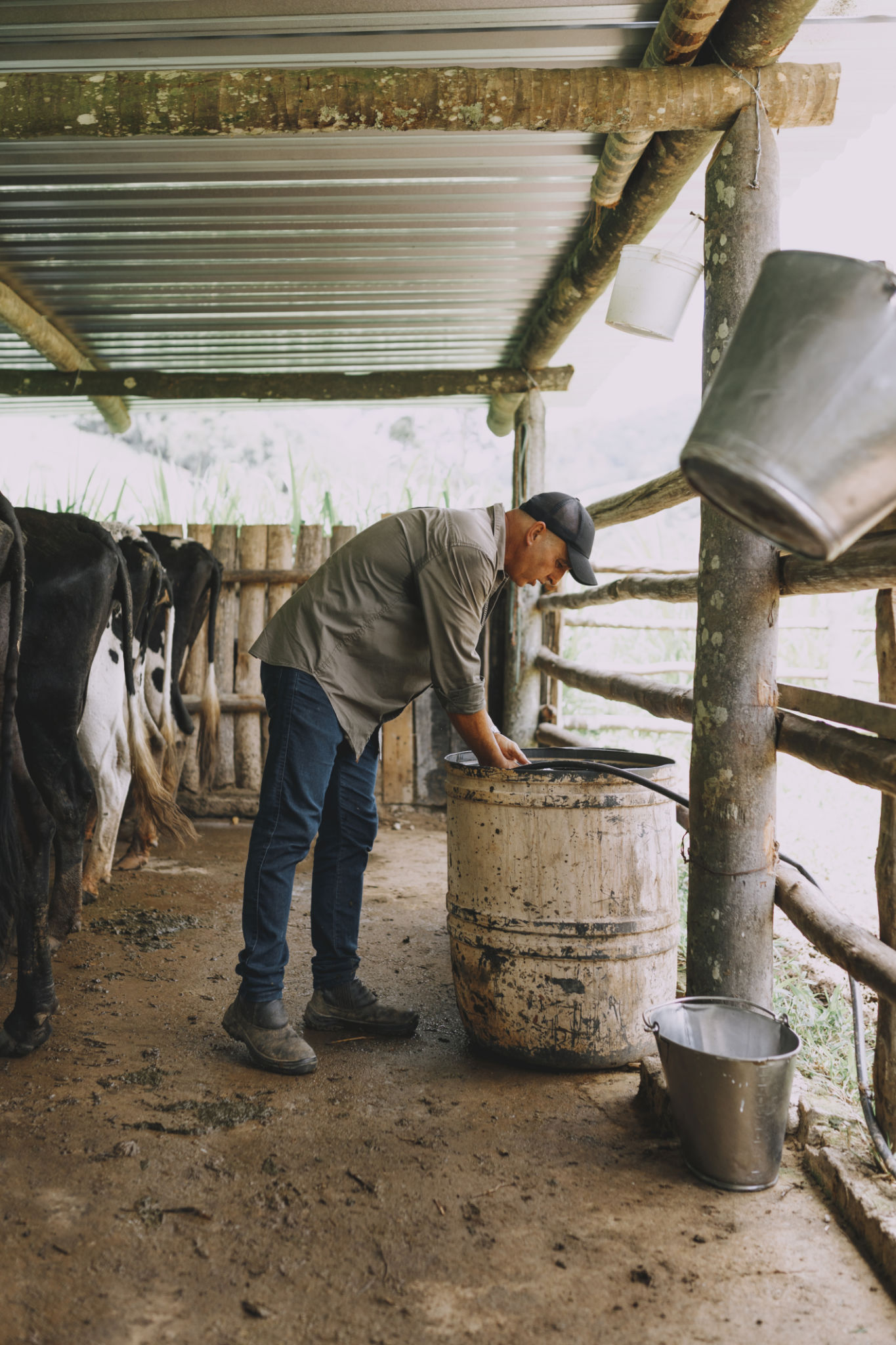Understanding the Meat Packaging Process for Exporting Brazilian Beef
Introduction to Brazilian Beef Export
Brazil is one of the largest producers and exporters of beef in the world. The country's vast landscape and favorable climate conditions make it an ideal location for cattle farming. However, exporting beef is not a simple task; it involves a complex meat packaging process to ensure quality and safety standards are met.
The process of packaging beef for export involves several critical steps, each designed to maintain the freshness and quality of the meat while complying with international regulations. This article will explore the key aspects of meat packaging for exporting Brazilian beef.

Initial Processing and Inspection
The journey of Brazilian beef for export begins with the initial processing of the meat. Once cattle are slaughtered, the meat is subjected to a thorough inspection. This inspection ensures that the beef is free from diseases and meets all sanitary regulations.
Quality control is paramount during this stage. Inspectors from both the Brazilian government and international bodies often collaborate to ensure compliance with global standards. This step is crucial for gaining the trust of international markets and consumers.
Chilling and Cutting
After inspection, the beef is chilled to prevent bacterial growth. Chilling is a vital part of the process because it preserves the meat's texture and flavor. The meat is then cut into various portions, depending on the requirements of the destination market.

Packaging Techniques
Packaging plays a significant role in the export process. The beef is typically vacuum-sealed to maintain freshness and prevent contamination. This method of packaging also extends the shelf life of the meat, making it ideal for long-haul shipments.
In addition to vacuum-sealing, some exporters use modified atmosphere packaging (MAP). This technique involves altering the atmospheric composition inside the packaging to further enhance the meat's preservation.
Labeling and Compliance
Proper labeling is crucial when exporting beef. Labels must include information about the origin, weight, and expiration date of the meat. Moreover, they must comply with the import regulations of the destination country.
Many countries require specific certifications and documentation to accompany the beef. These documents often affirm that the meat meets health and safety standards, ensuring transparency and compliance.

Transportation and Export
Once packaged, the beef is ready for transportation. Logistics play a vital role in this stage, as the meat must be transported under controlled conditions to maintain its quality. Refrigerated containers, known as reefers, are commonly used for this purpose.
Brazilian beef is exported to various parts of the world, including Europe, Asia, and the Middle East. Each of these markets has distinct preferences and regulations, which Brazilian exporters must navigate effectively to succeed.
Conclusion
The meat packaging process for exporting Brazilian beef is intricate and involves multiple stages, each critical to ensuring the product's quality and safety. From initial processing to final delivery, every step is designed to meet the stringent requirements of international markets.
By understanding and mastering these processes, Brazilian beef exporters continue to thrive in the global market, providing high-quality products to consumers around the world.
